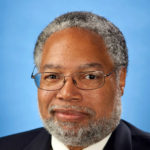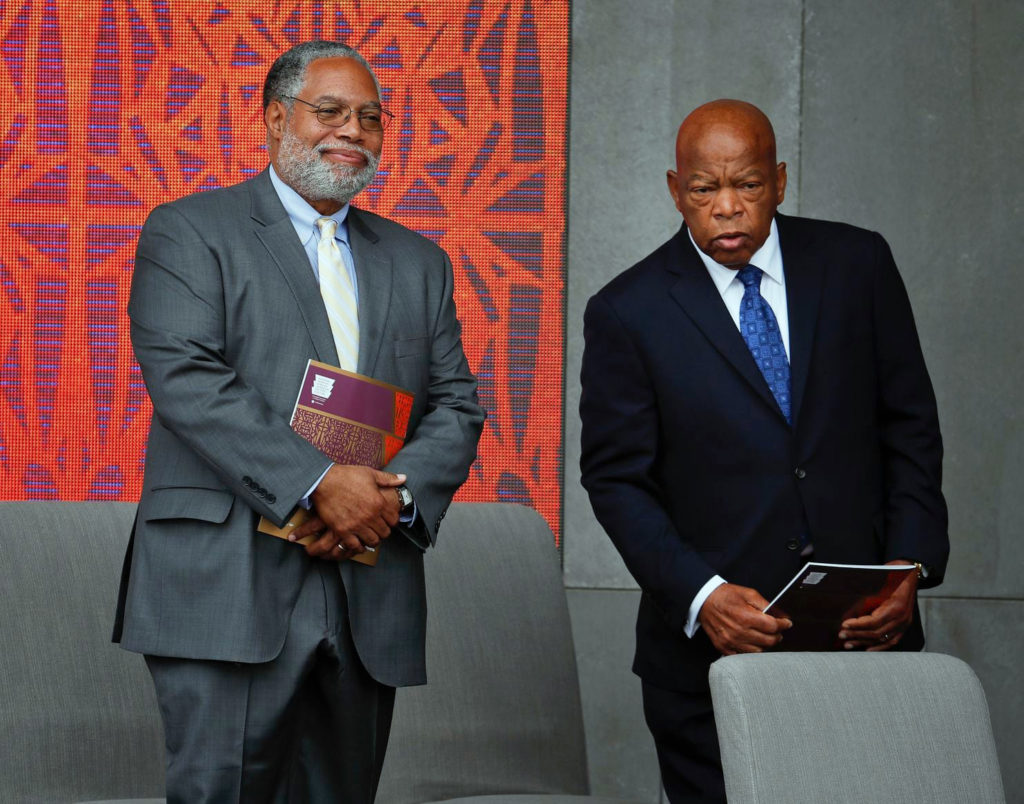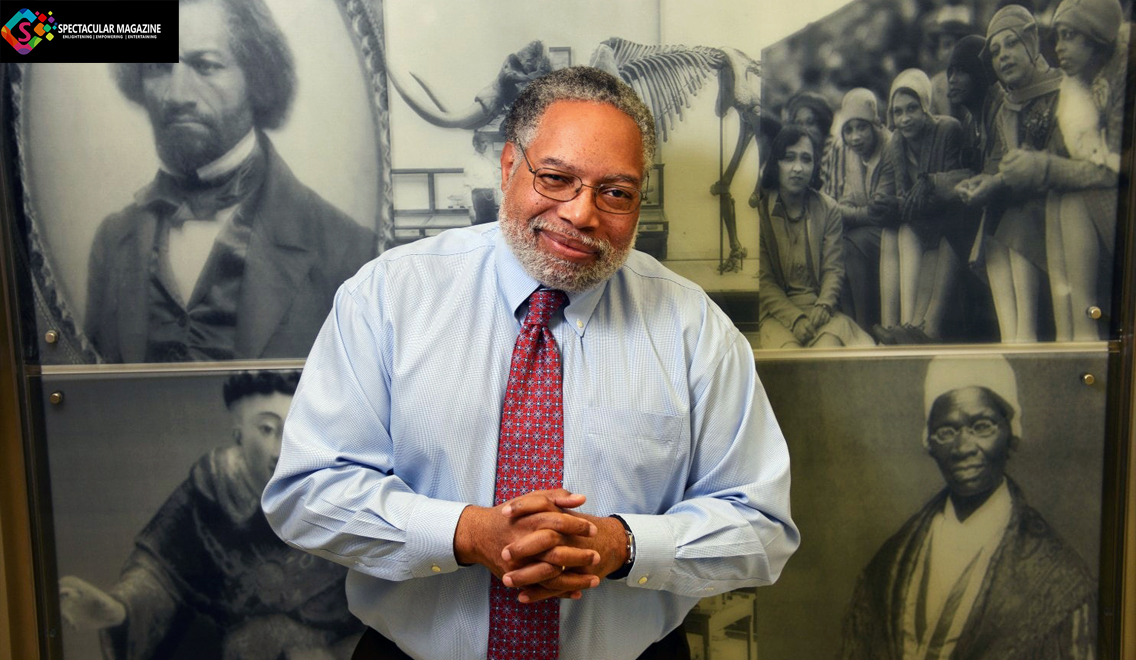Smithsonian Names Lonnie Bunch III As New Secretary, First African American In Top Spot
Washington, DC – Lonnie G. Bunch III — the dynamic founding director of the Smithsonian’s National Museum of African American History and Culture — has been appointed Secretary of the Smithsonian Institution, becoming the first African American leader in its 173-year history.

Bunch’s nomination was approved Tuesday morning (May 28) by the Smithsonian’s Board of Regents. The Washington Post reports that he succeeds David J. Skorton, who announced his resignation in December and whose last day is June 15th.
Considered a giant in the museum field, Bunch, 66, becomes the 14th secretary of the quasi-federal institution, responsible for a $1.5 billion annual budget that supports 19 museums, nine research centers, and the National Zoo. He is the first Smithsonian director to ascend to the secretary’s post in 74 years and starts his new job June 16.
Bunch said Monday (May 27) that he was “a tad stunned” by the appointment.
“I have such a profound love of the Smithsonian,” he said. “I want to help the world see the Smithsonian as I do, as a place that matters, with gifted people who just want to serve their country.”
As for the historic nature of the appointment — coming less than three years after the opening of the museum focused on the African American experience — Bunch said that being the first African American in the post “will open doors for others.”
“We are happy that the first African American is going to be the Smithsonian secretary,” said David Rubenstein, chairman of the Board of Regents. “He was so overwhelmingly better, it wasn’t really close.”
Bunch’s reputation among his colleagues, his fundraising skills both in Congress and with private donors, and his experience at three museums separated him from the pack, Rubenstein added. The success of the African American Museum, the newest Smithsonian museum, was another important factor.
“He has achieved one of the most impressive accomplishments at the Smithsonian in decades, building the African American Museum from scratch,” Rubenstein said.
The Smithsonian secretary’s responsibilities include overseeing a staff of 6,800 and collections of almost 155 million items and maintaining some 13 million square feet of mostly historic buildings. In addition, the leader of the world’s largest museum and research complex must raise more than $500 million in private donations annually to supplement its $1 billion federal subsidy. The secretary reports to a 17-person board led by the chief justice of the United States and made up of members of Congress and civilians.
Board of Regents Vice Chairman Steve Case said Monday that Bunch’s inside knowledge of the complex institution means he is poised to be “the change agent” to execute its recently adopted five-year plan. That blueprint calls for the Smithsonian to become more digitally focused, collaborative and innovative.

Showcasing political skill and fundraising prowess, Bunch secured $270 million in federal money and $317 million in private donations by the time the museum’s doors opened on Sept. 24, 2016. Oprah Winfrey, Will Smith, and Stevie Wonder were among the celebrities who joined President Barack Obama, former president George W. Bush and congressman and civil rights icon John Lewis to celebrate a museum whose mission is to tell the story of America through the perspective of the black experience.
The long-awaited museum immediately became one of Washington’s top attractions and has welcomed more than 4 million people in its first 2½ years. Spencer Crew, a history professor at George Mason University, will serve as interim director.
Bunch’s first stint at the Smithsonian was as an education specialist at the National Air and Space Museum from 1978 to 1979. After a few years at the California African American Museum in Los Angeles, he returned in 1989, joining the National Museum of American History, where he moved up the ranks to become associate director of curatorial affairs, a position he held for six years. In 2001, he became president of the Chicago Historical Society.
“After serving in three museums, I have touched all aspects of the Smithsonian,” Bunch said. “Hopefully, I can help to close the chasm that exists between the Castle [the centralized administrative offices] and the museums. I want to create ideas and programs that allow us to come together in ways that help the American public and the Smithsonian.”
Bunch was born in Newark in 1952 to two teachers and was raised in a predominantly Italian American neighborhood in Belleville, N.J. He earned bachelor’s and master’s degrees in history from American University. He is married to Maria Marable-Bunch, the associate director of museum learning at the Smithsonian’s National Museum of the American Indian, and the couple has two grown daughters.
In addition to his museum work, Bunch has taught at numerous universities and written books on black military history, the American presidency, and museums. His book “Call the Lost Dream Back: Essays on History, Race and Museums” was published in 2010, and “A Fool’s Errand: Creating the National Museum of African American History and Culture During the Age of Bush, Obama, and Trump” will be published this fall.
In 2005, the American Alliance of Museums named Bunch one of the 100 most influential museum professionals. He was elected to the American Academy of Arts and Sciences in 2017, and last year, he was given the Phi Beta Kappa Award for Distinguished Service to the Humanities.


